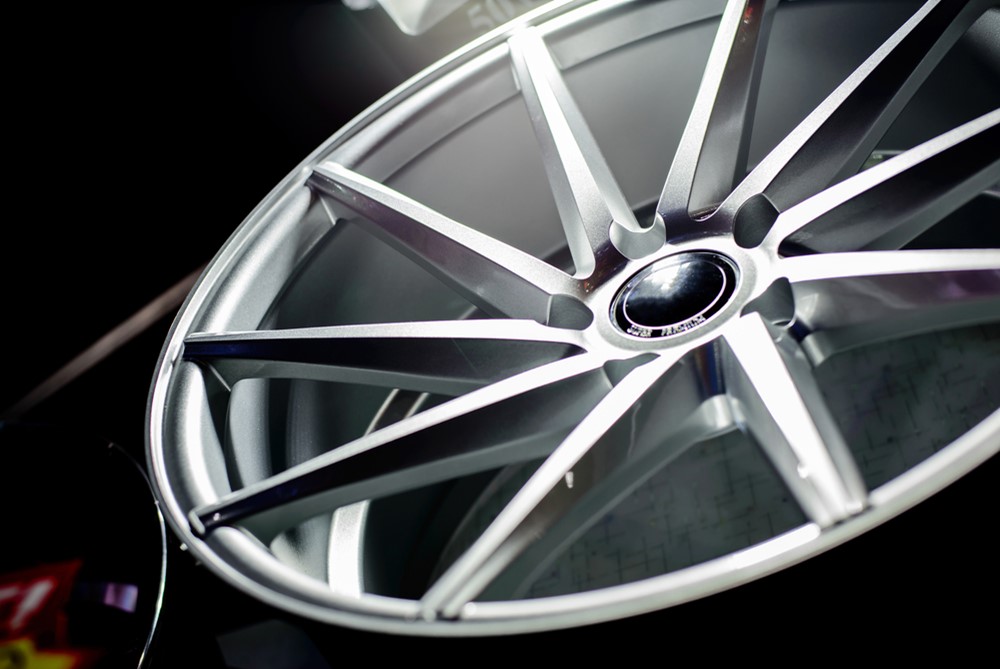
EDM Machining | How graphite is used in Manufacturing and Electrical Discharge Machining
Graphite plays an essential role today in Electrical Discharge Machining.
Electrical Discharge Machining is used to produce metal parts used across a wide range of industries including automotive, aerospace, defence and technology.
In place of copper, graphite has proven to be an excellent electrode material. This is because of the following traits:
- Higher processing speeds
- Good machinability
- Lower specific gravity
- Cohesiveness
- High Temp. resistance
- Lower electrode consumption loss
- Easy surface treatment
Olmec have developed our TDX™ Range of graphites for EDM, enabling you to make an informed decision on the ideal grade for your processes.
The range includes grades to meet the needs of many different applications.
If you aren’t sure which grade is right for you, simply contact us and have a chat with our friendly, informed team. We are fully equipped to help you find the right material for you, at a cost level that works for you.
Type of Product and application
Designed to protect high-pressure equipment and systems from over-pressurising or causing potentially damaging conditions.
Applications: Safety devices, pressure protection devices
Why graphite? Won’t corrode, can withstand high temperatures, can be used in harsh conditions without impacting performance
An anode is the rotating bevelled disc inside an X-ray tube where the X-rays are produced.
Applications: X-ray machines
Why graphite? Good at conducting heat, lightweight, resistant to wear
Used in certain machining processes to transmit the electrical charges and remove metal from the workpiece to bring about the desired shape.
Applications: Electrical discharge machining (EDM)—Passing an electrical current between two electrodes separated by a dielectric liquid to create an intensely hot spark which can then be used to shape a piece of material. Read more about EDM here.
Why graphite? High melting point, resistant to high temperatures, easy to machine
Strictly speaking, carbon bricks aren’t graphite. Graphite is used to make complex-shaped parts for chemically resistant linings, which are used alongside or in place of carbon bricks in furnaces and other high-temperature vessels.
Applications: Furnaces, kilns, incinerators
Why graphite/carbon? Chemically inert, able to withstand high temperatures, resistant to thermal shock
Designed to protect the outer lining of a vessel from aggressively corrosive acidic/alkaline substances.
Graphite is used to make complex-shaped parts for chemically resistant linings, which are used alongside or in place of carbon bricks in furnaces and other high-temperature vessels.
Applications: Baths, reaction vessels, scrubber stages in waste incineration plants, vessels in sulphuric acid production plants
Why graphite/carbon? Resistant to extremely high concentrations of acids, solvents and alkaline solutions (providing there is no oxidation), chemically inert, low porosity
Components of high-temperature systems.
Applications: Industrial furnaces, vacuum furnaces, UHV heaters
Why graphite? Resistant to wear, resistant to oxidation, can withstand extremely high temperatures, resistant to thermal shock, chemically inert
Induction heating is a method used to heat metals (including precious metals, brass, aluminium and steel) or semiconductors such as silicon carbide.
The process involves heating a susceptor, typically made of graphite, which then transfers the heat to the metal or semiconductor by radiation or conduction.
Applications: Heating fluids, plastic sealing, manufacturing thermoplastic composites, cap sealing
Why graphite? Good conductivity, resistant to high temperatures, easy to machine
Insulating a furnace with soft graphite felts stabilises the temperature inside the furnace (creating a more constant atmosphere) and allows the furnace to both heat up and cool down more quickly.
Applications: Induction furnaces, furnaces using a cylindrical-style hot zone, vacuum furnaces
Why graphite? Conductivity of heat, resistant to high temperatures, lightweight
